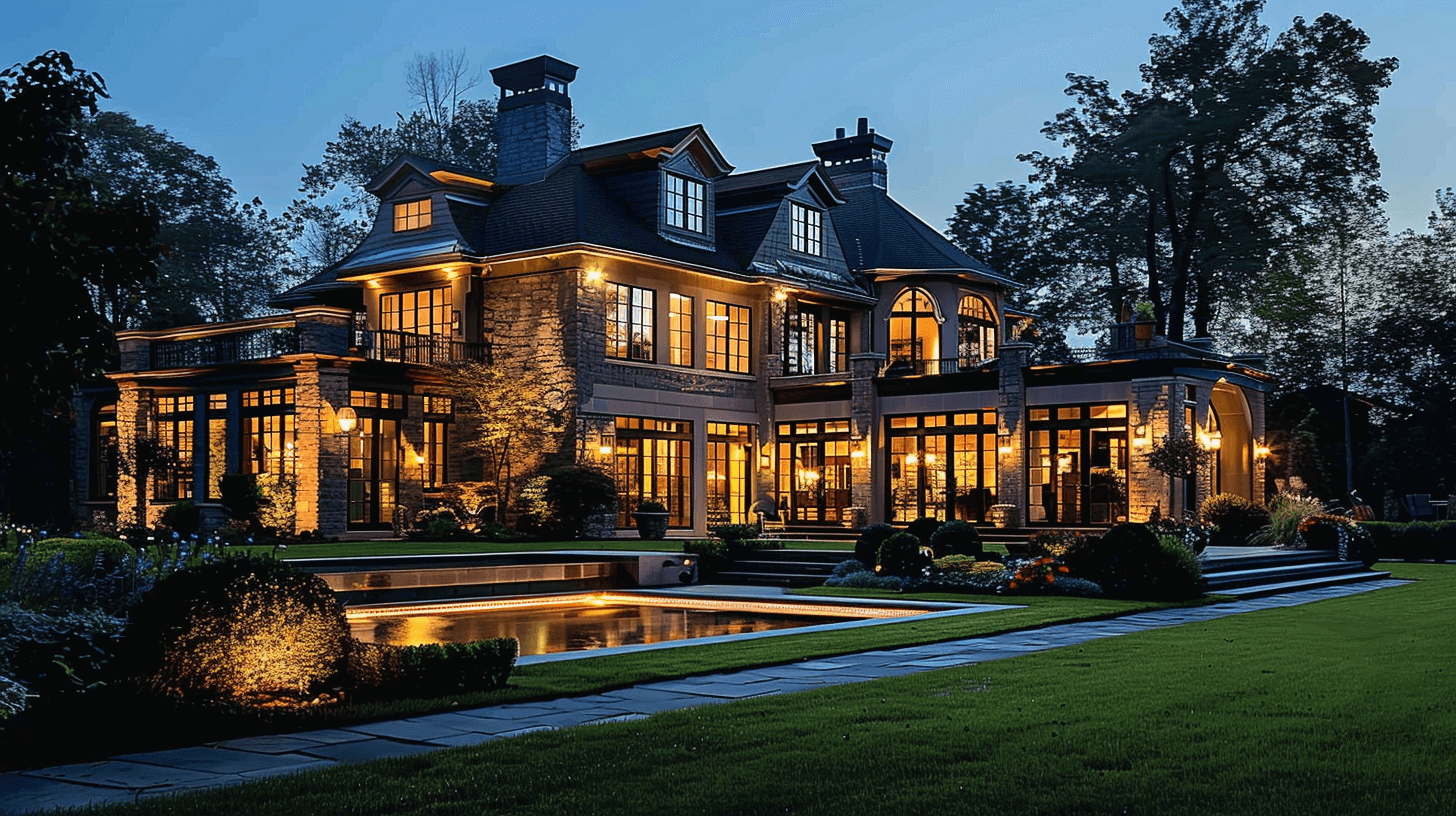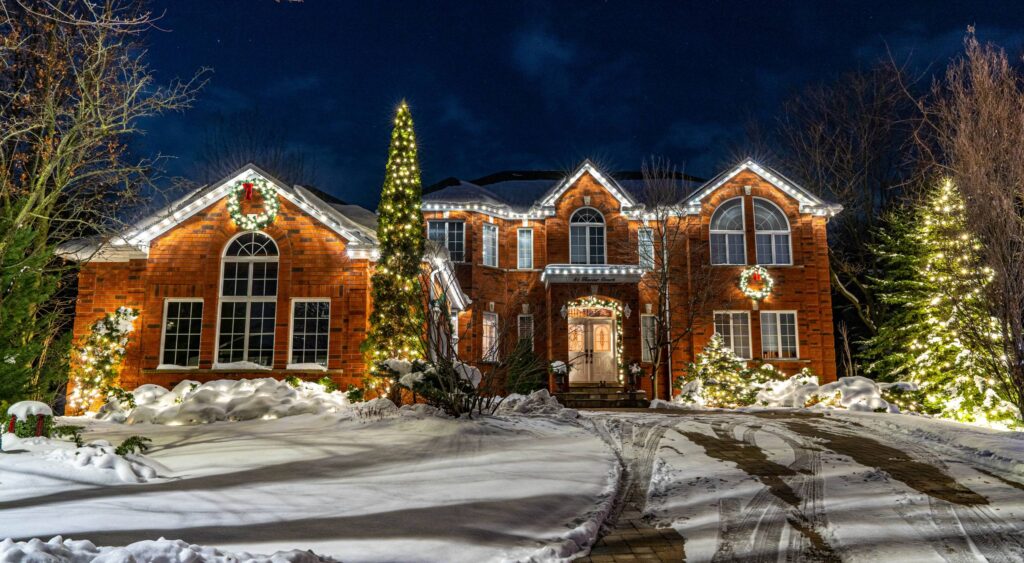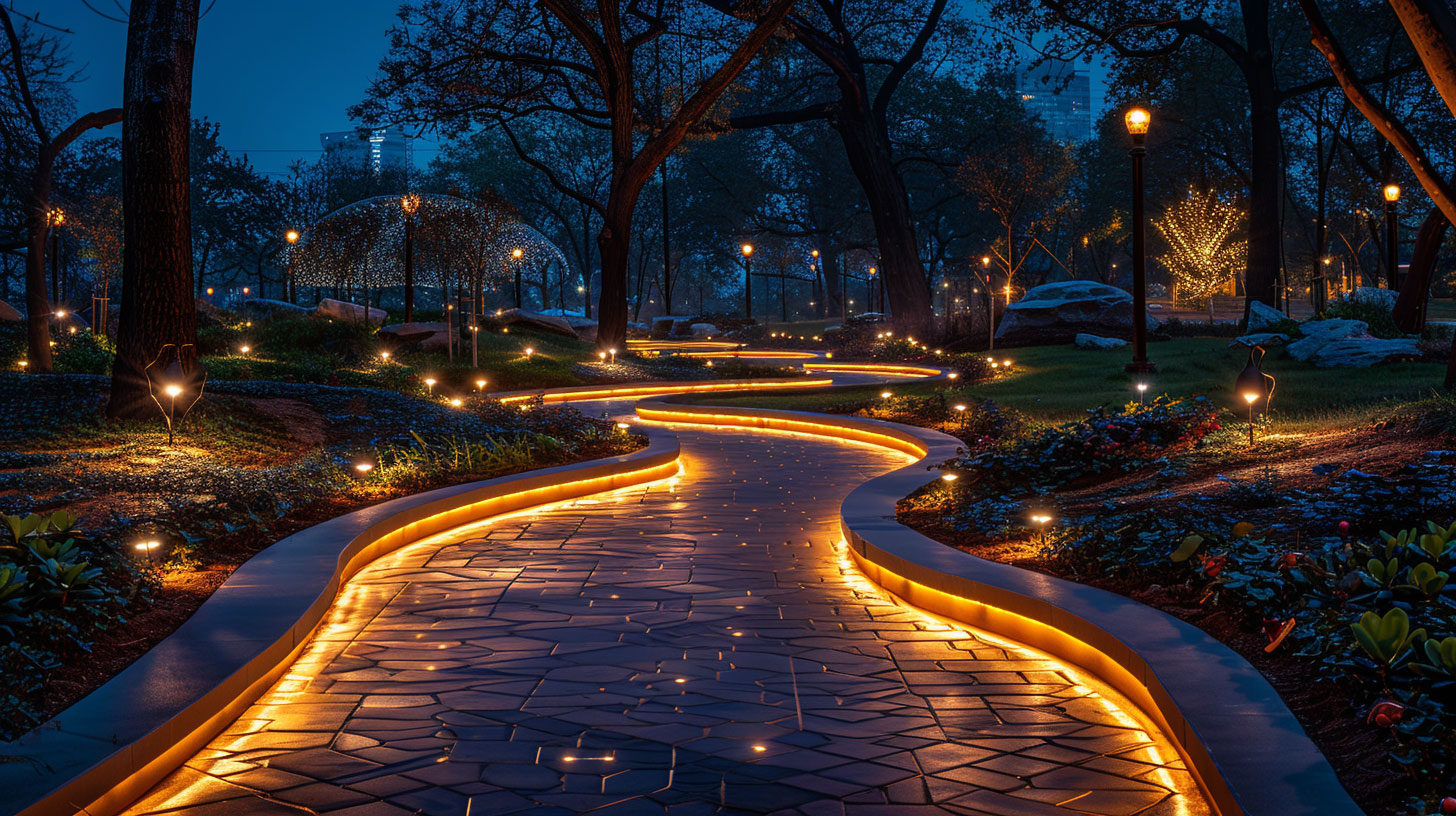Christmas decorations have changed a lot over the years. In fact, Christmas decorations are often used as a way to see how people were living around that time period. For instance, if you go back in time and see what people were doing for Christmas, you can tell what kind of family structures they had or how big their homes were. You can also see how different types of materials were used throughout history to make decorations for Christmas trees or around houses during the holiday season.
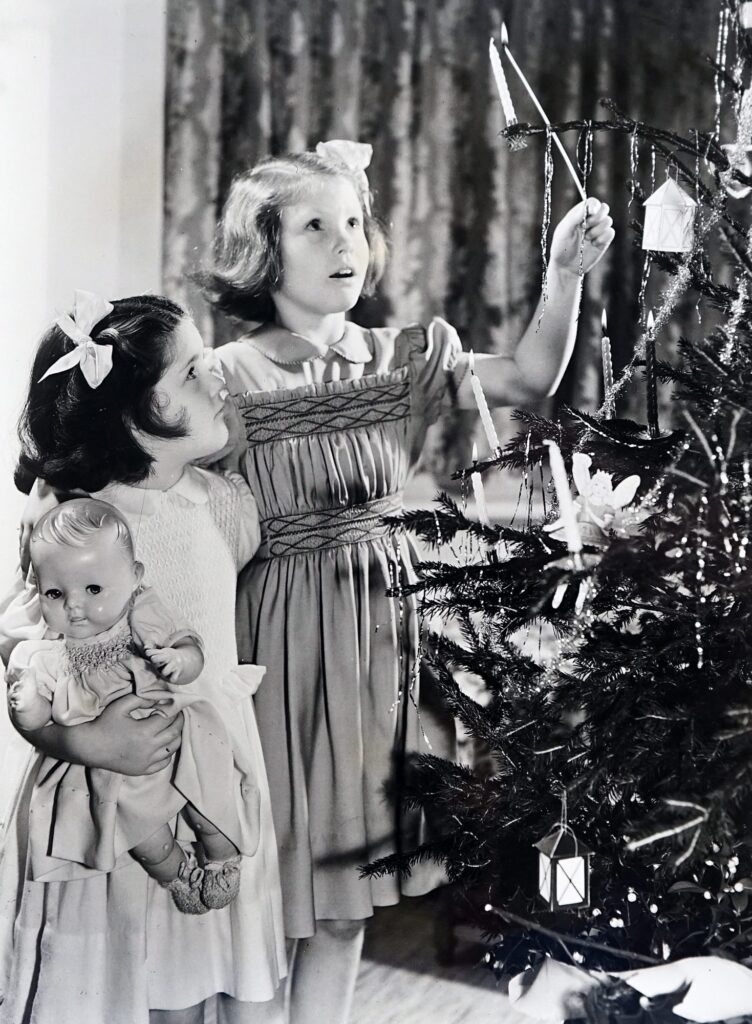
In the 1910s, Christmas trees were decorated with candles, fruit and homemade ornaments.
This was also a decade when people started decorating their homes with wreaths as well. These wreaths were made from evergreens that were then paired with fruits and other decorations. The Christmas tree was not a tradition for everyone at this time because some people did not have enough money to buy one, so they would instead use an artificial tree made out of silk or chenille.
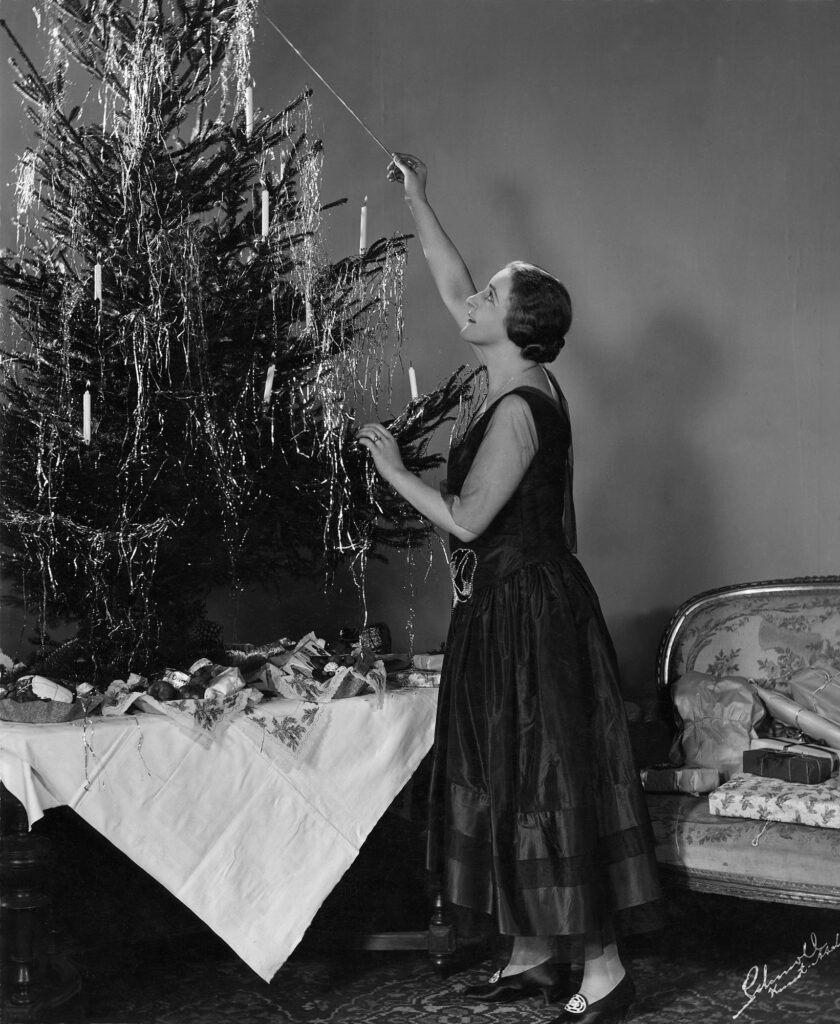
The first electrically lit Christmas tree was installed in the White House during President Grover Cleveland’s administration in 1894.
The tree was 10 feet tall and topped with a gold dove, and it was created by Edward H. Johnson, one of Thomas Edison’s associates. It lasted only two days before burning down due to an electrical short circuit (the White House didn’t install an electric fire alarm until after this incident).
Glass Christmas ornaments were still new in the 1920s, when some American families started using them to decorate their trees. In the 1920s, families were starting to use glass ornaments on their Christmas trees. The ornaments were new, and they were popular.
Glass ornaments remained popular during the Great Depression of the 1930s, as machine-made decorations became more widespread.
During the Great Depression of the 1930s, American families were forced to make many sacrifices. They used less expensive decorations and recycled items to save money. But one way people spent more was on glass ornaments for their Christmas trees.
Glass ornaments became popular in this decade because they were handmade and therefore more expensive than machine-made ones, which were mass produced and easier for families to afford. Handmade decorations have an artisanal feel that’s hard to match!
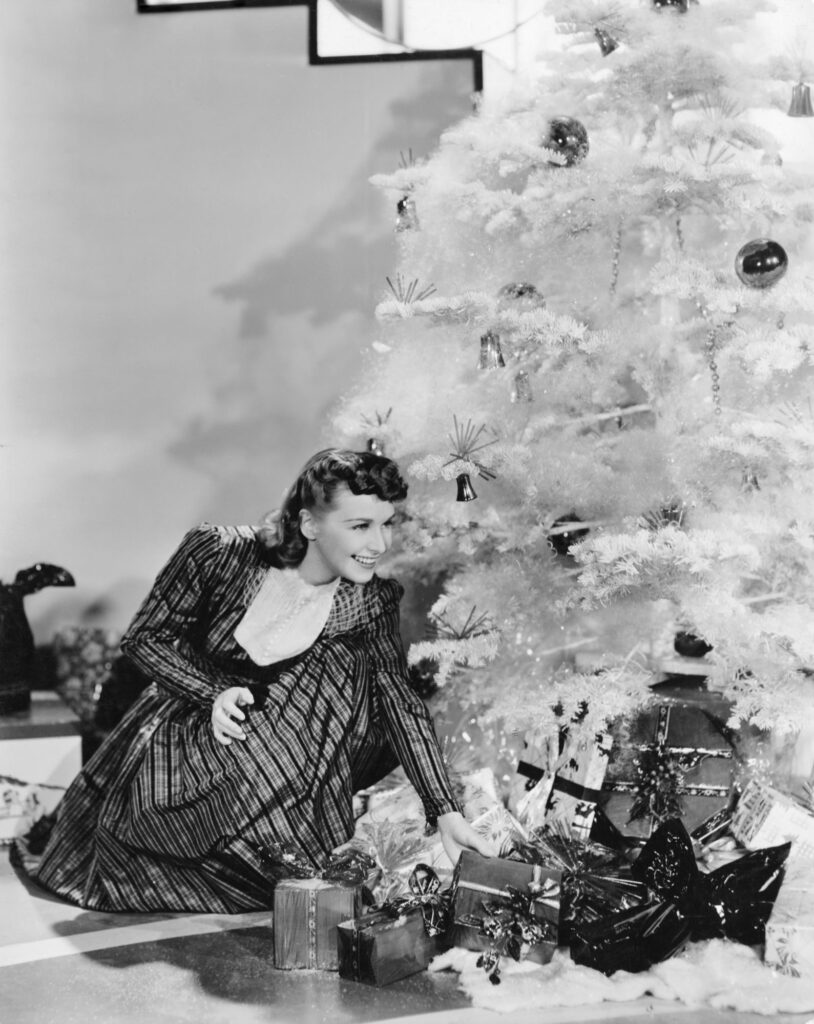
The 1940s saw an upsurge of patriotic decorations, particularly following America’s entry into World War II.
What it means: The 1940s saw an upsurge of patriotic decorations, particularly following America’s entry into World War II. Many people turned to religion as a source of comfort and decorating their houses with religious iconography was common. In addition to these symbols, however, many Americans hung flags and bunting from their homes in an effort to express their patriotism during this time of uncertainty and fear.
The 1950s saw an upsurge in the use of tinsel and ornaments, as well as a boom in the popularity of plastic. The use of colored lights also increased during this decade, along with the production of Christmas trees.
In the 1960s, new forms of plastic made it possible for people to create more colorful and varied decorations than ever before. The shiny, reflective material was used on figurines and ornaments, as well as the Christmas tree itself.
This meant that the trees got even more attention than usual. In fact, some historians believe that this was when many families began decorating their trees with themed ornaments like spangled globes and candy canes—even though these items weren’t strictly traditional!
The 1970s saw a downturn in holiday decorating, as more people adopted informal styles of celebration. In the 1970s, more people were living alone than ever before and they were less concerned with following trends. As a result, there was less emphasis on traditional holiday decorating during this decade.
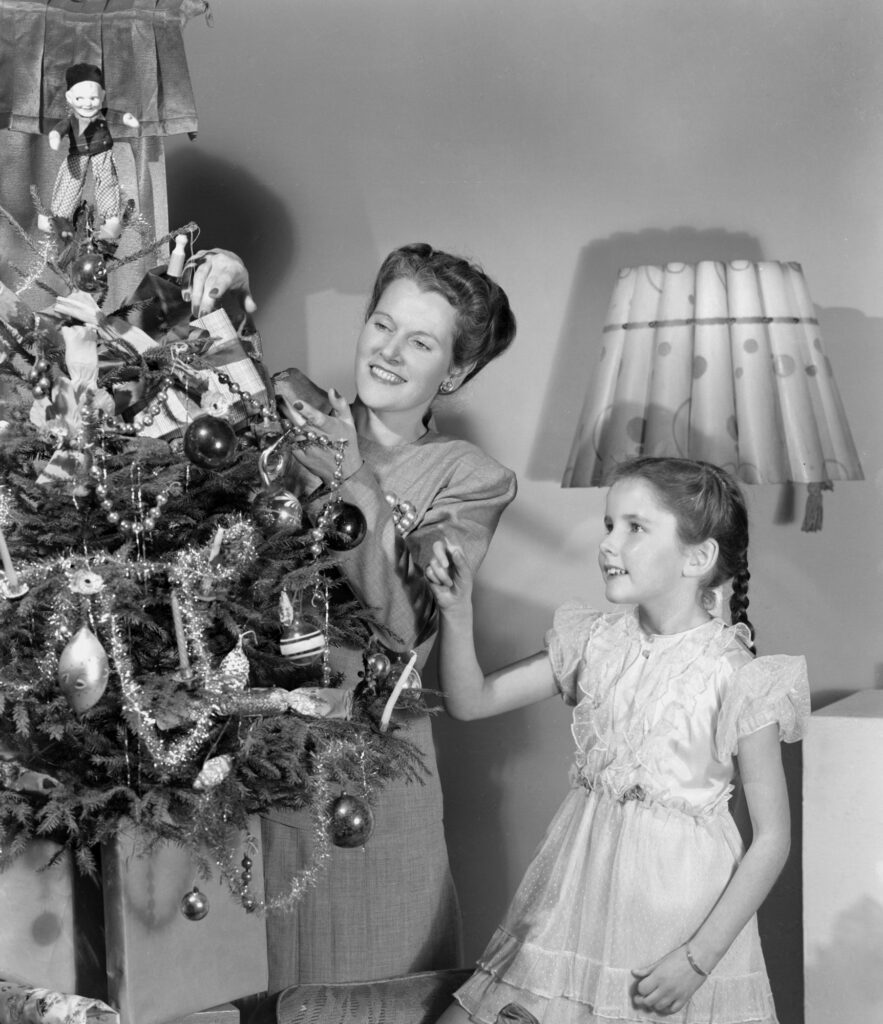
People also began to look beyond their own homes for ways to celebrate the season, as many businesses participated in seasonal festivities as well.
Improved technology in the 1980s led to even more innovations in holiday decorating styles and materials.
- Led lights were introduced in the 1980s. In case you’ve never seen an LED light, it’s a light bulb that uses a different type of technology to produce light than other bulbs do. Instead of using filament wires, LEDs are made up of small diodes that turn electricity into photons (the particles that make up visible radiation). This means they can last longer and be used for more purposes than traditional bulbs because they don’t get as hot as filament bulbs do when being used for long periods of time.
- Plastic decorations were introduced in the 1980s as well. They’re typically made from PVC and come in many different colors and shapes, including characters like Santa Claus or Halloween pumpkins. You may also see plastic wreaths on doorways or garlands hanging around windowsills during this era; these are often decorated with lights or glass beads so they can be illuminated at night when it gets dark outside!
The change in decorating styles reflects changes in family life.
During the 1950s, most families had a mother who stayed at home and a father who was the breadwinner. As time went on, more women began to work outside of their homes and many couples had two incomes. Families wanted to keep up with the Joneses but didn’t want their neighbors to think they were wealthy so they decorated modestly for Christmas.
The change in decorating styles reflects changes in technology.
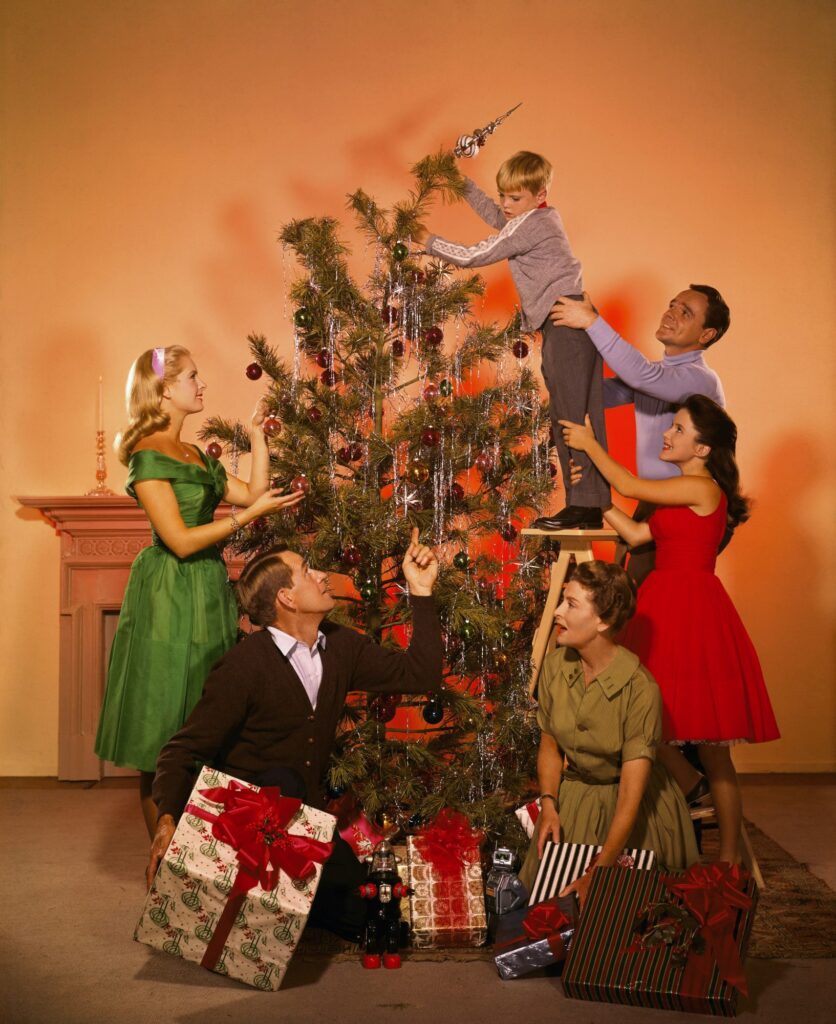
In the early 1900s, few Americans owned cars or even electricity due to lack of funds or infrastructure (power lines). By 1940s cars were becoming more common while electricity was still fairly rare because large appliances like refrigerators required lots of power and were expensive at first (and they still are today). In order for people who could afford neither cars nor electricity could celebrate Christmas without it being too much trouble; they came up with creative ways such as using candles instead of light bulbs so that there would be no need for electric lamps! During those times though it was really only those who lived close enough
Conclusion
The key takeaway from all this is that Christmas decorations have changed over time. But, more importantly, the goal of these decorations has remained the same: to make the holiday season a little more special for all who gather together during this magical time of year.
Whether you love glittery baubles or simple garland strung across your mantle, your decor choices reflect who you are as an individual—but they also show how much we all have in common when it comes down to celebrating our shared humanity.



